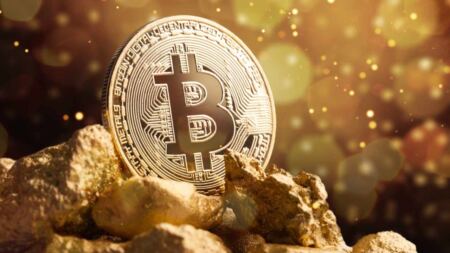Introduction
NFTs have to be the most confusing and misunderstood asset class ever created. People aren’t even sure of what they are yet, even some insiders who have been following the blockchain and crypto scene since its inception.
But one thing we have to say right now is that NFTs are not going anywhere and they’re about much more than those silly computer-generated pixelated avatars you see posted everywhere.
Let’s take a look at some of the things most people get wrong about NFTs.
3 Things Most People Get Wrong About NFTs
Let’s take some of the confusion out of NFTs. Here are three things most people get wrong about NFTs…
1. NFTs Denote Ownership
Not really. At its core, an NFT is nothing but a piece of code, or token, that resides on the blockchain. What separates NFTs from other blockchain assets like cryptocurrencies is that each token is unique, or non-fungible. This is what makes NFTs special.
Buying the NFT of a piece of electronic art doesn’t mean much at face value. It’s the term of the NFT’s sale that will matter the most. If it’s marked that you get ownership of the piece by buying the NFT, then you will legally be the owner. But if there are no special terms, buying an NFT only means that you have proof on the blockchain that you paid for an NFT, which could or could not be yours. This also means that the original owner of the NFT can still retain full rights to it and keep selling it. So, make sure that you understand the terms of any NFT sale before buying one from a reputable marketplace.
2. NFTs are Basically Useless
While we believe that many NFT buyers are getting abused right now for their ignorance, there is much more to NFT technology than awful-looking jpegs. We will see a day where NFTs are used to denote ownership of real-world assets, and also virtual ones with intrinsic value.
Take gaming, for instance. The industry has been showing interest in the blockchain lately and a growing number of blockchain games are being released. These games allow players to do all sorts of things like getting paid to play or watch games but also own and sell items as NFTs. You could go on an NFT marketplace right now, for instance, play a game, and sell some of your items straight from the platform.
The music industry has also started looking at the technology to allow labels and artists to track usage and royalties, and even allow the fans to participate in the financing of projects. NFTs could help curb fraud, counterfeiting, and all sorts of issues with our current monetary system, so don’t write the technology off because of sham projects.
3. NFTs Destroy the Environment
NFTs do not destroy the environment; the blockchains on which they’re hosted often do. And even then, they can adjust their technology to make the process less energy extensive. The people at Ethereum stated that they’re going to switch to a proof of stake model to curb energy consumption and you already have blockchains like Solana that are built with energy efficiency in mind. So don’t blame NFT artists for destroying the environment.
Conclusion
We hope that you understand a bit more about NFTs now. If you’re interested in investing in them, learn the ins and outs of the industry before you start, and start as slow as you can.







